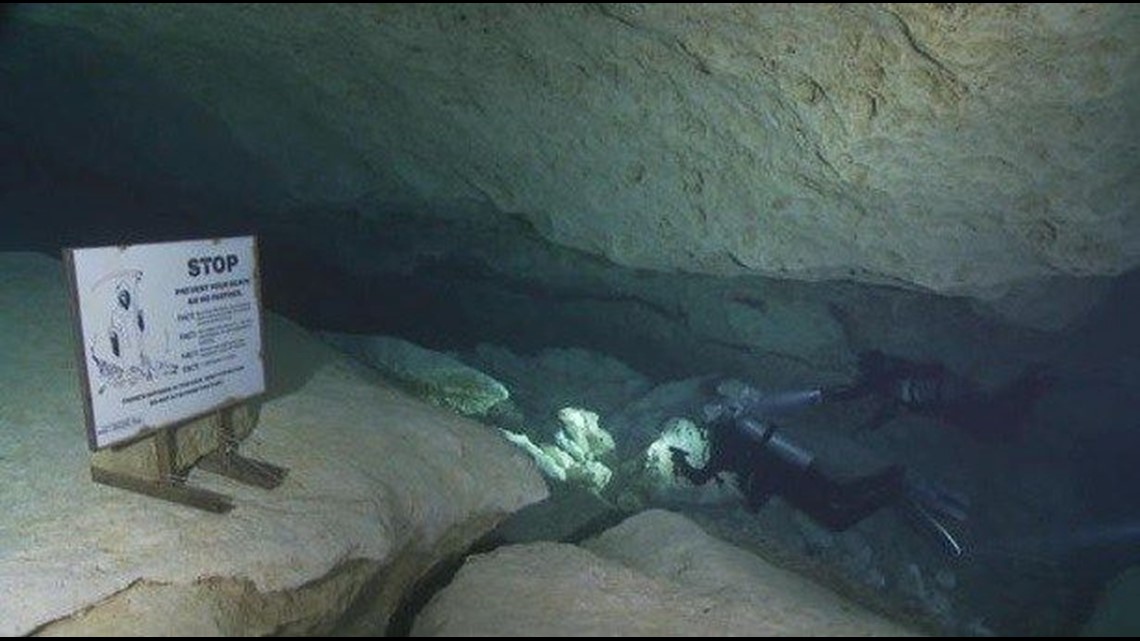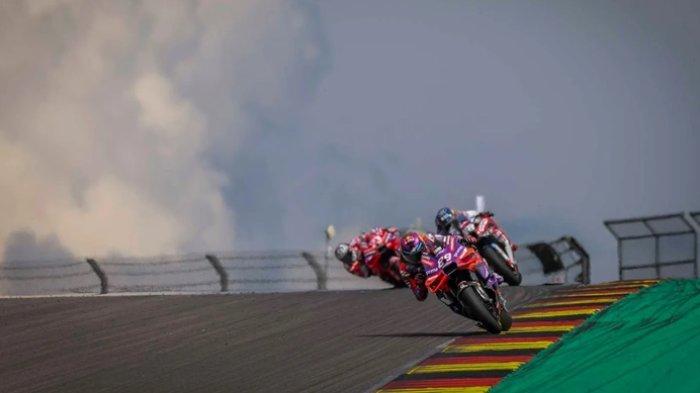Exploring The Hells Angels: Origins, Ideology, And Global Presence

Table of Contents
Origins of the Hells Angels Motorcycle Club
Early Years and Founding (1948)
The Hells Angels Motorcycle Club (HAMC) emerged from the post-World War II era in California. Founded in 1948, the club's initial members were a mix of veterans and other young men seeking camaraderie and a sense of belonging. Their early activities centered around motorcycle riding, and their clubhouse served as a social hub.
- Key founding members: While precise records are scarce, early members included individuals with military backgrounds seeking a sense of structure and purpose after returning from war.
- Initial club activities: Motorcycle rallies, rides, and social gatherings formed the basis of their early activities. The club’s initial focus was on camaraderie and shared passion for motorcycles.
- Early clubhouses: The early Hells Angels operated from various locations in California, using rented spaces and garages as clubhouses.
Early Growth and Expansion
The club's expansion beyond its initial California base involved a combination of factors. Word of mouth, along with the allure of their rebellious image, attracted new recruits. Existing members established new chapters, spreading the Hells Angels' influence across the United States.
- Key events contributing to growth: Early publicity, both positive and negative, helped to solidify the club’s notoriety and attract recruits. Motorcycle rallies and the establishment of new chapters played a significant role in expansion.
- Establishment of chapters: The formation of chapters in other states facilitated the Hells Angels’ rapid growth, and allowed for regional organization and control.
- Early conflicts with rival clubs: Territorial disputes and clashes with rival motorcycle clubs became increasingly common, solidifying their reputation for violence and further enhancing their outlaw image.
The Evolution of the "1%" Image
The Hells Angels actively cultivated a rebellious image, embracing the moniker of "outlaw motorcycle gang." This "1%" image, stemming from a statement by the American Motorcycle Association (AMA) disowning the clubs that represented the one percent that did not conform to their standards, became a central part of their identity.
- American Motorcycle Association conflict: The AMA's condemnation solidified the Hells Angels' rebellious image and fueled their anti-establishment sentiment.
- Media portrayal: Media coverage, both sensationalized and factual, helped shape the public perception of the Hells Angels as a dangerous and rebellious group, attracting individuals drawn to that image.
- Embrace of outlaw biker identity: The Hells Angels consciously embraced the outlaw biker identity, using it to cultivate an aura of mystique and danger.
Ideology and Internal Structure of the Hells Angels
The Patch and its Significance
The Hells Angels' "patch" is a highly significant symbol, representing membership and signifying allegiance to the club. The iconic death head logo, along with specific colors and lettering, visually represents their identity and creates a strong sense of brotherhood.
- Colors: The colors predominantly used (red and white) have symbolic meanings within the club's internal culture and tradition.
- Symbols: The death head is a well-known symbol, often interpreted as representing defiance and a disregard for authority.
- Variations across chapters: While the core symbolism remains consistent, some minor variations in patch designs may exist across different chapters.
Membership and Hierarchy
Becoming a full-fledged member of the Hells Angels is a rigorous process. Prospective members, or "prospects," undergo a period of probation and testing before potential initiation. The club operates with a hierarchical structure, with clear roles and responsibilities.
- Prospecting: Prospective members must demonstrate unwavering loyalty, commitment, and willingness to follow orders. This process can last for many years.
- Initiation: Initiation ceremonies are often shrouded in secrecy but usually involve a rigorous process of testing loyalty and commitment.
- Ranks within the club: The Hells Angels have a clearly defined hierarchy, from the lowest ranking members to the leadership positions within each chapter and the overall organization.
- Roles and responsibilities: Members fill various roles within the club, from security to organization and management of club affairs, often connected to alleged criminal activities.
Code of Conduct and Rules
While the Hells Angels' internal code of conduct is largely unwritten, loyalty, brotherhood, and strict adherence to the club's hierarchy are paramount. Violations can result in severe consequences, including expulsion or worse.
- Loyalty: Unwavering loyalty to the club and its members is non-negotiable.
- Brotherhood: The club emphasizes brotherhood and mutual support among its members, creating a strong sense of unity and camaraderie.
- Adherence to club hierarchy: Respect for the club's structure and leadership is strictly enforced.
- Consequences of violations: Violating the club's rules can result in severe repercussions, ranging from demotion to violence, and often determined by the gravity of the violation.
Global Presence and Criminal Activities
International Expansion
The Hells Angels have successfully established chapters in numerous countries worldwide, demonstrating their ability to adapt and operate across diverse cultural and legal landscapes. This expansion involves significant challenges, including navigating differing legal systems and overcoming opposition from law enforcement.
- Key regions of expansion: The Hells Angels have a significant presence in North America, Europe, and Australia, among other regions.
- Challenges faced in different countries: Each country presents unique challenges, including varying laws, cultural differences, and competition with rival gangs.
- Legal battles: The Hells Angels have faced numerous legal challenges globally, leading to successful prosecutions and crackdowns in some regions but persistent challenges in others.
Allegations of Criminal Activity
The Hells Angels have a long history of involvement in various criminal activities. While the club denies these claims, numerous reports and investigations have linked them to drug trafficking, violence, extortion, and money laundering. It's crucial to note that these are allegations and require careful consideration of the evidence presented in court cases and investigations.
- Drug trafficking: Several investigations have alleged that various chapters are involved in the trafficking of illegal drugs, gaining significant financial benefits through this illicit trade.
- Violence: The Hells Angels have a documented history of violence, both against rivals and civilians, often in the context of territorial disputes and enforcement of power.
- Extortion: The club has been implicated in extortion schemes, leveraging their power and reputation to pressure businesses and individuals into paying protection money.
- Money laundering: Investigations have uncovered methods used to conceal the proceeds of their alleged criminal activities, making it difficult to trace the origins of the money and the flow of assets.
Law Enforcement Response and Crackdowns
Law enforcement agencies worldwide have undertaken extensive efforts to combat the Hells Angels' criminal activities. These efforts have yielded varying degrees of success, with some operations significantly impacting the club’s operations while others have faced significant challenges.
- Successful operations: Law enforcement crackdowns have successfully disrupted several of the Hells Angels' alleged criminal enterprises in various regions.
- Legal strategies: International cooperation between law enforcement agencies is crucial in addressing the transnational nature of their criminal activities.
- Ongoing challenges in combating organized crime: Combating the Hells Angels' activities poses significant challenges, including their tight-knit structure, secrecy, and ability to adapt to law enforcement pressures.
Conclusion
The Hells Angels Motorcycle Club represents a complex and multifaceted phenomenon. From their post-World War II origins in California to their global presence today, their history is marked by both camaraderie and alleged criminality. Understanding their ideology, internal structure, and global operations requires a nuanced approach, acknowledging the historical context while recognizing the ongoing challenges posed by their alleged criminal activities. The enduring mystery and notoriety surrounding the Hells Angels continue to fascinate and alarm, making them a subject worthy of continued study and scrutiny. Understanding the Hells Angels requires a nuanced perspective. Continue your research into this controversial motorcycle club to form your own informed opinion on the Hells Angels and their lasting legacy.

Featured Posts
-
 The Power Of Memory Analyzing Kazuo Ishiguros Narrative Techniques
May 26, 2025
The Power Of Memory Analyzing Kazuo Ishiguros Narrative Techniques
May 26, 2025 -
 Southern Vacation Destinations Safety Record Questioned After Shooting A Response
May 26, 2025
Southern Vacation Destinations Safety Record Questioned After Shooting A Response
May 26, 2025 -
 Dapatkan Link Live Streaming Moto Gp Inggris Sprint Race 20 00 Wib
May 26, 2025
Dapatkan Link Live Streaming Moto Gp Inggris Sprint Race 20 00 Wib
May 26, 2025 -
 Thursday Night Viewing Top 10 Tv And Streaming Shows
May 26, 2025
Thursday Night Viewing Top 10 Tv And Streaming Shows
May 26, 2025 -
 Extreme V Mware Price Increase At And T Details 1 050 Jump Proposed By Broadcom
May 26, 2025
Extreme V Mware Price Increase At And T Details 1 050 Jump Proposed By Broadcom
May 26, 2025
Latest Posts
-
 Meilleur Prix Samsung Galaxy S25 128 Go 814 22 E Notre Selection
May 28, 2025
Meilleur Prix Samsung Galaxy S25 128 Go 814 22 E Notre Selection
May 28, 2025 -
 Smartphone Samsung Galaxy S25 512 Go Avis Et Meilleur Prix
May 28, 2025
Smartphone Samsung Galaxy S25 512 Go Avis Et Meilleur Prix
May 28, 2025 -
 Smartphone Samsung Galaxy S25 128 Go Avis Prix Et Bon Plan
May 28, 2025
Smartphone Samsung Galaxy S25 128 Go Avis Prix Et Bon Plan
May 28, 2025 -
 Avis Clients Samsung Galaxy S25 256 Go Modele 256 Go A 775 E
May 28, 2025
Avis Clients Samsung Galaxy S25 256 Go Modele 256 Go A 775 E
May 28, 2025 -
 Comparatif Samsung Galaxy S25 256 Go Vs Concurrents 775 E
May 28, 2025
Comparatif Samsung Galaxy S25 256 Go Vs Concurrents 775 E
May 28, 2025
